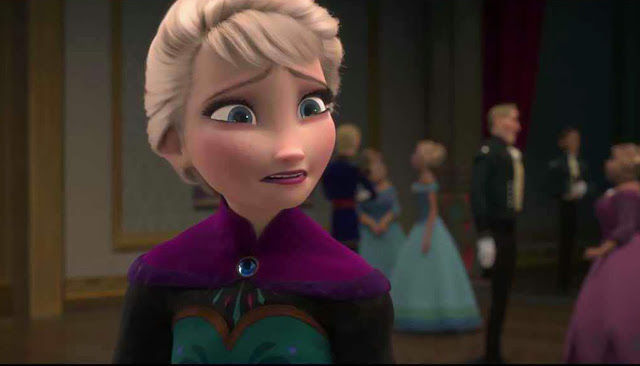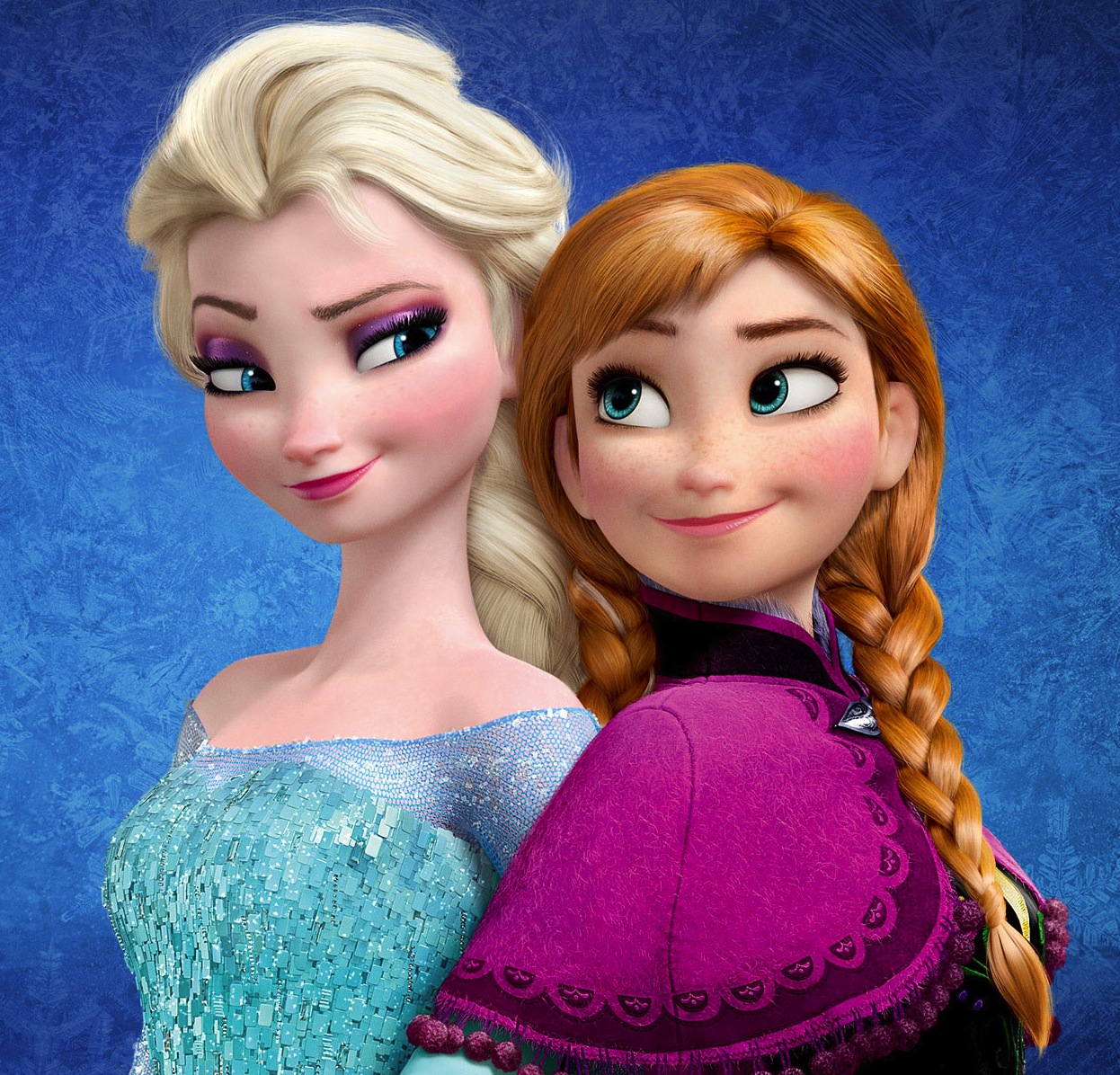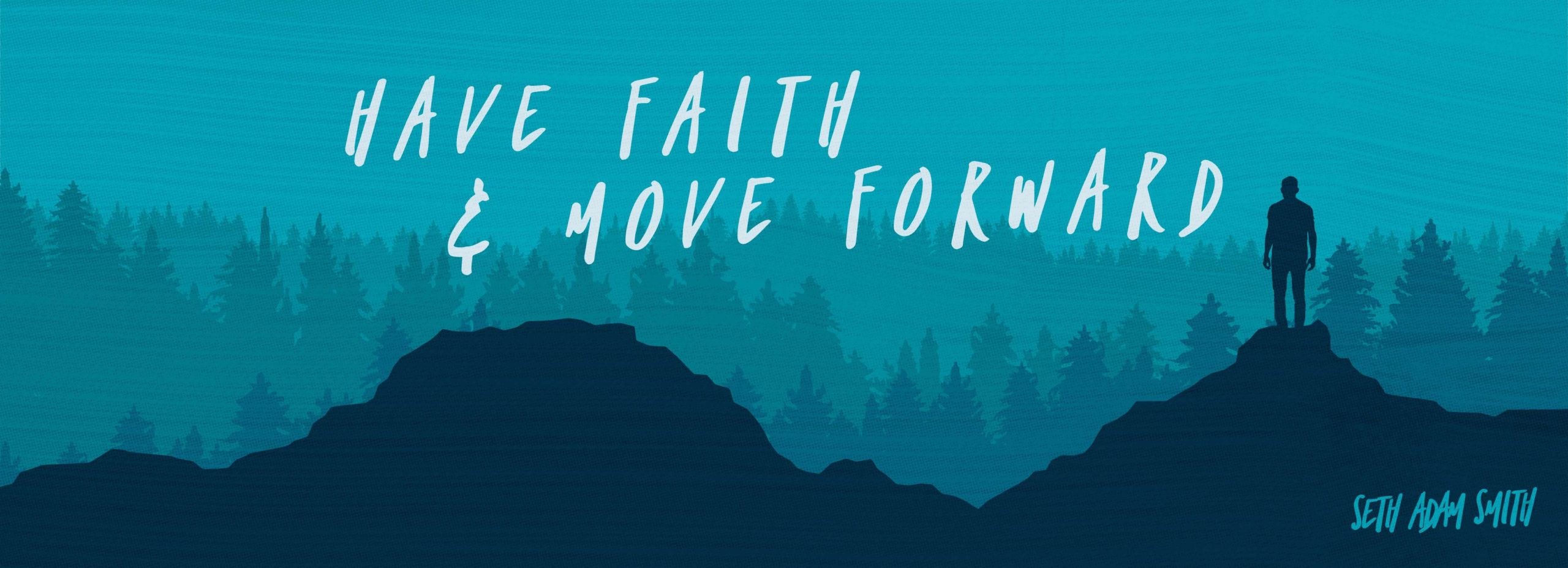
I’ve seen a lot of posts about the hidden messages in the Disney movie Frozen. Make no mistake about it, there most certainly are hidden messages in the movie. But perhaps they are much deeper than you think…
For those that haven’t seen the movie, here’s a little background: Elsa, princess of Arendelle, has a magical ability to create ice and snow. Her parents forbid her from using this power so she doesn’t hurt anyone. After years of keeping her powers to herself, Elsa decides to “let it go.” She flees the kingdom of Arendelle and builds a solitary ice palace in the mountains—a place she can truly be herself.
Some have claimed that Elsa’s decision to “Let It Go” and unleash her powers is akin to someone coming out of the closet and announcing their homosexuality. While that’s a perfectly valid interpretation, I personally didn’t interpret it that way. You see, after struggling with chronic depression for almost twenty years, I saw a reflection of myself in Elsa’s inner turmoil. The feeling of being trapped, alone, misunderstood, and isolated in solitary confinement? Yeah, that’s depression.
Then again, after years of working with troubled youth in Arizona, I can see how Elsa’s struggle might speak to those who have dealt with bullying or abuse. But it could also be appreciated by children who want to please their parents, but simply have different career and education goals.
My point is this: good art should have multiple meanings and interpretations. To declare one interpretation as the “correct” interpretation is to disenfranchise its value for everyone else. Truly, art is filled with meaning. Our task is to extract the best interpretation for ourselves and help others do the same.

Because (and correct me if I’m wrong) with that mindset, couldn’t a lot of Disney movies have positive, hidden messages? Remember that scene in The Lion King when Simba’s father appears to him in the heavens and tells him “You have forgotten who you are and so have forgotten me.” Isn’t that an allusion to each of us being a child of God? Doesn’t Aladdin show us that there is royalty and nobility within each of us? Isn’t Beauty and the Beast about the transformative power of repentance?
And what about The Chronicles of Narnia? (Also a Disney movie.) Isn’t Aslan universally understood to be a symbol for Christ?
But why stop with Disney movies? Is Harry Potter’s sacrifice for his friends in The Deathly Hallows a symbol for the Christian sacrifice? Isn’t Gandalf’s triumphant return a symbol for the Resurrection? Is the One Ring a symbol for the sinful nature of man? Isn’t Superman’s origin remarkably similar to the story of Moses?
Again, art is filled with messages. What messages will you choose derive from it?
All that being said, the message in Frozen which I saw is the ultimate power of family and love. For although Elsa’s song preaches “No right, no wrong, no rules for me,” that philosophy—like her frozen palace—ultimately crumbles when she realizes that her isolation has put her loved ones in danger. When Elsa’s sister, Anna, risks her own life to save Elsa’s, the spell is broken.
The wintry spells of my depression have been broken many times by the love of family and friends. If the “hidden message” of Frozen is learning to reach out and love individuals that are struggling with feelings of isolation, then I wholeheartedly support this “hidden message.”
If you liked this article, please sign up for my FREE bi-weekly newsletter. And click here to read my novel Rip Van Winkle and the Pumpkin Lantern—a swash-buckling adventure book filled with symbolism comparable to C.S. Lewis’ The Lion, The Witch, and The Wardrobe.

You must be logged in to post a comment.